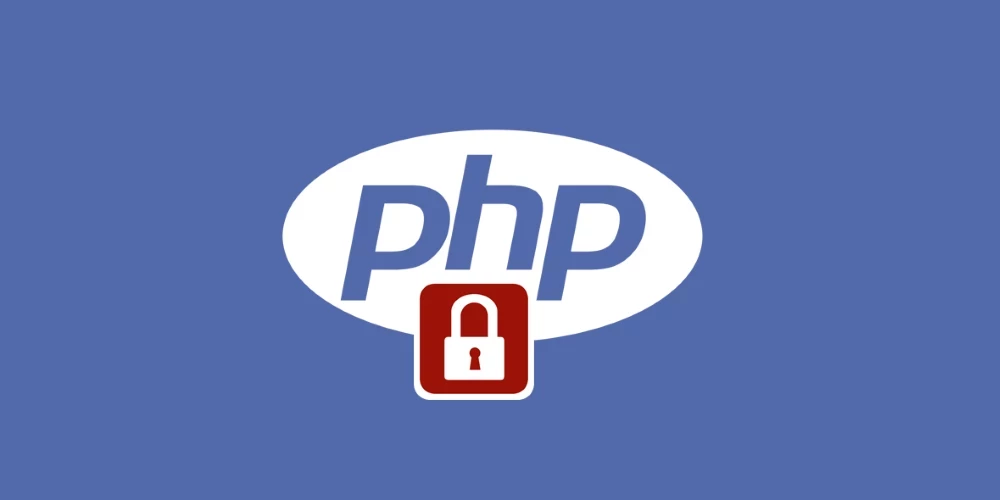
6 Practices for a Secure PHP Application
To ensure you have a secured your web app you should make sure you have focused on coding your PHP code correctly. Here are certain areas to focus on during your development. The best site for this information is OWASP- CSRF Attacks
- XSS attacks
- Input Data Validation
- SQL Injection Attacks
- File System Protection
- Proper Error Handling
CSRF Attacks
CSRF is the acronym for Cross Site Request Forgery attack and is when and end user is forced to execute unwanted actions on an application they are currently still authenticated on. This can be cause users to transfer funds or other malicious activities. For Example:
<a href="http://foobarsite.co.uk/process.php?name=jim&amount=999">Visit My Site<img src="http://foobarsite.co.uk/process.php?name=jim&amount=999" width="1" height="1"/>XSS attacks
XSS is the acronym used for Cross-site scripting attacks, this attack is where a user is allowed to inject code into a vulnerable page. This is the result of accepting un-validated input data from a user and the web app displaying it in the browser. The danger this causes is if a hacker inserts a malicious bit of code that could redirect a user to a phishing website of steal there cookies, if an attacker can obtain a user’s session cookie, they can impersonate that user.
<script>doSomethingMalicious();// sanitize HTML from the comment when the user submits it
$comment = strip_tags($_POST["comment"]);// escape output sent to the browser
echo "You searched for: " . htmlspecialchars($_GET["query"]);
//OR
echo "You searched for: " . htmlentities($_GET["query"])Input Data Validation
Firstly make sure all data validation is done in your PHP code before inserting into a database, you should never be using front end code to validate user input i.e. Javascript. This could cause issues if a user has Javascript turned off. The rule of thumb to follow is this: don’t trust user input. Use Javascript to advice the user the data inputted may be in an incorrect format or incorrect but make sure PHP is also checking this. PHP validation is not as user-friendly as front end validation, as it requires a round trip to the server, but it is essential as it's your application's last line of defense against incorrect or malicious data.
SQL Injection Attacks
An SQL injection attack is the process of sending malicious commands to the database by circumventing security and accessing unauthorized channels. By far the most common such channel is un-sanitized input data. To prevent this it leads back to sanitizing user data and using correct SQL methods to store data. Example is Prepared Statements:
$stmt = $conn->prepare("INSERT INTO MyGuests (firstname, lastname, email) VALUES (?, ?, ?)");
$stmt->bind_param("sss", $firstname, $lastname, $email);
// set parameters and execute
$firstname = "John";
$lastname = "Doe";
$email = "john@example.com";
$stmt->execute();File System Protection
File System Seciurity in PHP is given the security built into the web server. This allows you to control which files in the filesystem may be read/written/moved/deleted. Proper attention should be shown with any files which are world readable to ensure that they are safe for reading by all users who have access to that filesystem.
// remove a file from the user's home directory
$username = $_POST['user_submitted_name'];
$userfile = $_POST['user_submitted_filename'];
$homedir = "/home/$username";
unlink("$homedir/$userfile");
echo "The file has been deleted!";Proper Error Handling
Errors are useful but can also show vulnerabilities if shown to the end user so its recommended that in production mode we turn off display_errors and display_start_up_errors settings. error_reporting and log_errors should be on so that we can log errors while hiding those from end users.
Categories: Posts


